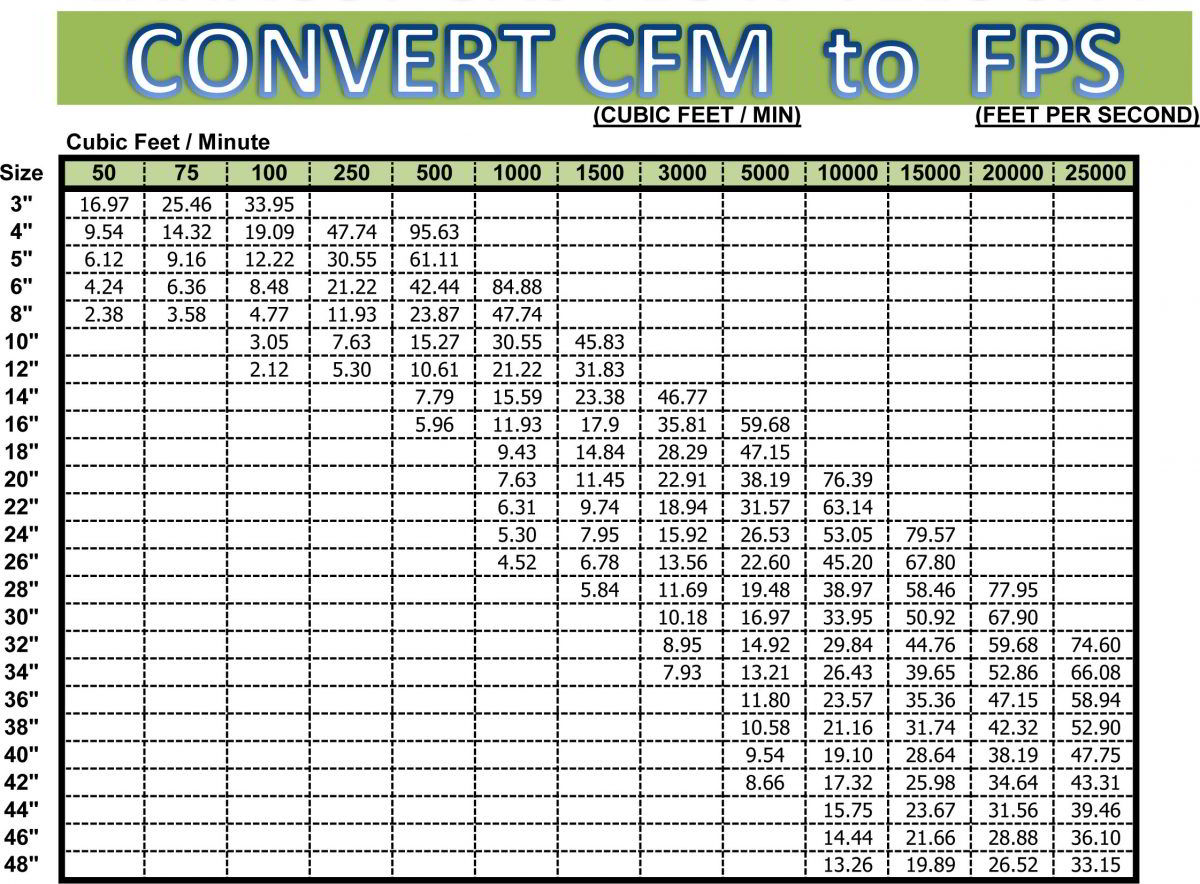

10 BAR CONVERT TO PSI FULL
Symbols, abbreviations, or full names for units of length,Īrea, mass, pressure, and other types. You can find metric conversion tables for SI units, as wellĪs English units, currency, and other data. Its official symbol is "bar" the earlier "b" is now deprecated, but still often seen especially as "mb" rather than the proper "mbar" for millibars.Ĭonversion calculator for all types of measurement units. The word bar is of Greek origin, báros meaning weight. The bar is a measurement unit of pressure, equal to 1,000,000 dynes per square centimetre (baryes), or 100,000 newtons per square metre (pascals). It is the pressure resulting from a force of one pound-force applied to an area of one square inch. This factor is calculated using the respective. There are several other units of pressure such as pounds per square inch and bar, unit of atmospheric pressure is atm, centimetres of water, millimetres of. When converting to bars, psig is the same as psi and psia we add ‘g. In case you are wondering, to convert from pounds per square inch to bars you need to multiply by 0.06895. psig stands for ‘pounds per square inch gauge‘. The pound per square inch or, more accurately, pound-force per square inch (symbol: psi or lbf/in² or lbf/in²) is a unit of pressure or of stress based on avoirdupois units. When converting to bars, psia is the same as psi we add ‘a’ to indicate that this is a measure of absolute pressure relative to vacuum, not relative pressure to atmospheric pressure. Although the pascal is more widely used in scientific contexts, psi is more often used in everyday contexts, particularly in countries like the United States as well as others under the US customary or imperial systems of units.ġ5 bar = 15 × 14.503773773 psi = 217.You can do the reverse unit conversion fromīar to psi, or enter any two units below: Enter two units to convert From: As such, the prototype pound at the time was known as the avoirdupois wool pound.Ĭurrent use: The psi is fairly widely used to measure numerous pressures, such as tire pressure, scuba tank pressure, natural gas pipeline pressure, among others. The system is believed to have come into use in England around 1300 and was used in the international wool trade. It is based on the avoirdupois system, a system that uses weights in terms of the avoirdupois pound, which was standardized in 1959. History/origin: Pound-force per square inch is a unit that originated in the imperial and US customary systems of units. Weather Conditions Due to the fact that weather conditions affect pressure and altitude calculations, the pressure. One psi is approximately 6,895 pascals (N/m 2). It is defined as the pressure that results when a force of one pound-force is applied to a one-square-inch area. Bar to Psi Conversions Table Print Table. Pound-force per square inchĭefinition: A pound-force per square inch (symbol: psi) is an imperial and US customary unit of pressure based on avoirdupois units. So to convert from PSI to bar multiply by this number. Meteorologists and weather reporters worldwide often use this unit for convenience, since working in pascals would result in much larger values.

Millibars (symbol: mb) are also commonly used when referencing atmospheric air pressure, where atmospheric pressure equals 1013.25 mbar (101.325 kPa). The International Bureau of Weights and Measures has specified the bar as a unit that authors should have the freedom to use but has chosen not to include the bar in the list of non-SI units accepted for use with SI. An online bar to psi converter can allow you to turn the number of bars into the equivalent pound-force per Square Inch (psi). When converting to bars, psia is the same as psi we add a to. The term "bar" comes from the Greek word "baros," which means weight.Ĭurrent use: Although the bar is a metric unit of pressure, it is not accepted within the International System of Units (SI) and is even deprecated within certain fields. psia stands for pounds per square inch absolute. Measurement of Tensile Strain From equation ( 10 ), the anticipated maximum. History/origin: The unit, bar, was introduced by Vilhelm Bjerknes, a Norwegian meteorologist who founded modern weather forecasting. It is equal to 0.987 atmospheres (101,325 Pa), the unit often used as a reference of standard pressure. Definition: A bar (symbol: bar) is a metric unit of pressure that is defined as exactly 100,000 pascals (symbol: Pa).


 0 kommentar(er)
0 kommentar(er)
